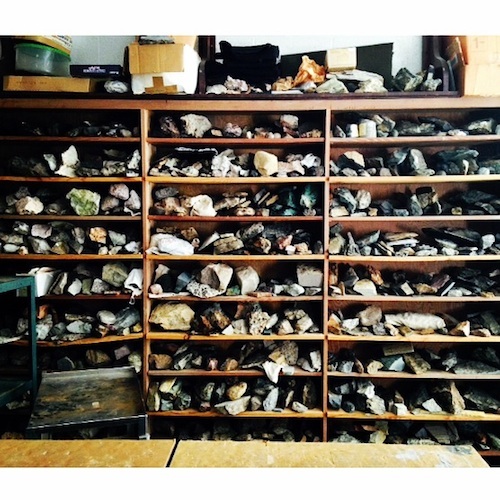Mindfulness and its qualms: My obsession with my obsessions.
Mindful living is a funny thing—it makes me think.
When I take a step back from my habitual reactions, each time I feel like I am watching myself.
Witnessing, in fact—as if I am a witness that is separate from my body and mind that are committing these actions. I watch myself stare at the dishes in my sink as I walk away. I witness the desire rising up in my chest to call my mom, my best friend, my sister, or just anyone who will drown out the uprising of noise in my mind. I hear the tone in my voice when my anxiety has reached a point I am not yet able to comprehend.
But then I wonder, if I completely ignored the practice of mindfulness, would I know this witness at all?
How do I know if I am being mindful or just obsessing over my mind?
My conditioned mind tells me that I am acting selfishly. My obsession with observing myself in this way is so inwardly focused that I cannot possibly relate to another person if I look at the world from this perspective.
But then my practice and every teaching from yoga tells me, no…this is just part of the path.
Without first developing a personal relationship with my witness, my inner self, or my consciousness, how could I even possibly communicate or even relate to another living, human being? Is simply being conscious the first step toward mindfulness?
From birth, or quite possibly from conception, we are conscious beings. Even in early stages of development, children have the capacity from the very beginning to assess their physical, mental, and emotional needs and seek them out. A child cries out of hunger and quiets once she is fed, or awakens in the night screaming for her mother and is shushed by a warm hug.
Without consciousness, without the child’s witness to these events, the act of their needs being met would not register and they would not survive.
But what then comes when our needs grow into these intricately woven stories that we have written for ourselves? How do we draw the line between necessity and desire? How do we know the difference between obsession and the practice of mindfulness?
Only one answer surfaces.
Discernment: The active ingredient in wholeness. Only when I am able to consciously make a distinction between the elaboration of my actions and the driving desires behind them, I find resolve. I am comforted by this practice of mindfulness when I actively discern my experiences. It doesn’t happen every day, and many times, it takes someone else to help me remember.
But each time, it’s a little easier.
Relephant Read:
14 Benefits of Mindfulness. {Infographic}
Author: Maria Borghoff
Editor: Renée Picard
Photo: via the author











Read 0 comments and reply